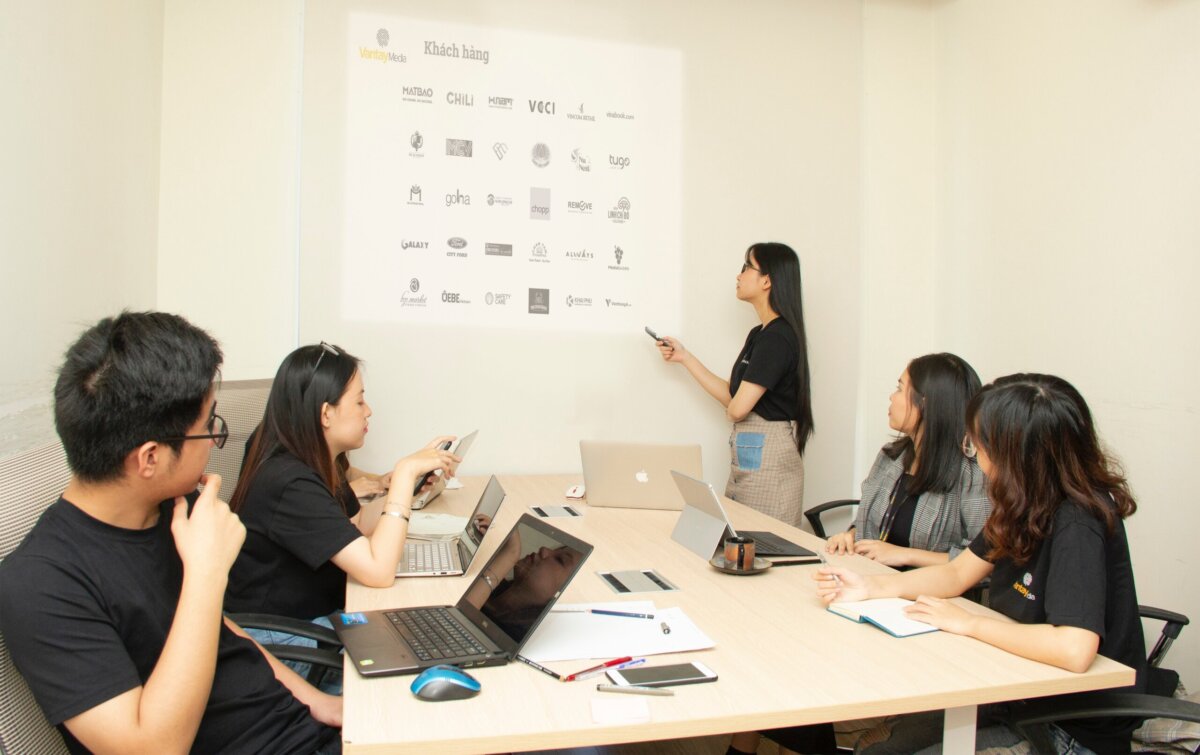
Similar to the Customer Journey, the Employee Journey maps out an employee’s career experience within a company, focusing on key contact points such as the first 100 days or returning from parental leave. As digital transformation and skilled labor shortages pose new challenges, understanding this journey helps companies address issues and implement changes more effectively. Feedback from employees is crucial, as the journey spans phases from initial information search to post-departure influence. By analyzing each phase, companies can enhance their employee branding, measure success through metrics like application numbers and retention time, and ultimately improve both employee satisfaction and the company’s image.
The Employee Journey is based on the Customer Journey and is intended to represent a “journey” of the employees. It observes how employees perceive their career within the company. Due to the digital transformation and the shortage of skilled workers, the entrepreneurial challenge of finding new and suitable employees has become more difficult.
You can define the contact points with the company, for example the first 100 days or the phase after returning from parental leave. Through this analysis, companies can address problems more quickly and initiate changes.
Feedback from staff is just as important as feedback from managers. The employee journey can basically be divided into three parts: coming, staying and going. However, because the journey usually begins earlier through social networks and continues beyond termination, two phases can be added.
Not only the customer journey and customer satisfaction is important, but also the employees who can positively or negatively influence the company’s image.
Stay ahead of tech challenges with expert insights delivered straight to your inbox. From solving network issues to enhancing cybersecurity and streamlining software integration, our newsletter offers practical advice and the latest IT trends. Sign up today and let us help you make technology work seamlessly for your business!
This post was published on 30. October 2019
For any e-commerce business seeking sustainable growth and a competitive edge, product data is the…
Master shopping feed management to increase e-commerce visibility on Google Shopping, Meta, Amazon and comparison…
Discover AI implementation strategies for e-commerce that boost personalization, dynamic pricing, inventory efficiency, and revenue…
Unlock the potential of AI to drive business growth and enhance efficiency. Learn how strategic…
For startups and small-to-medium enterprises (SMEs), standing out in today’s competitive market can feel like…
In today’s fast-paced digital world, companies are constantly seeking ways to improve operational efficiency, accelerate…